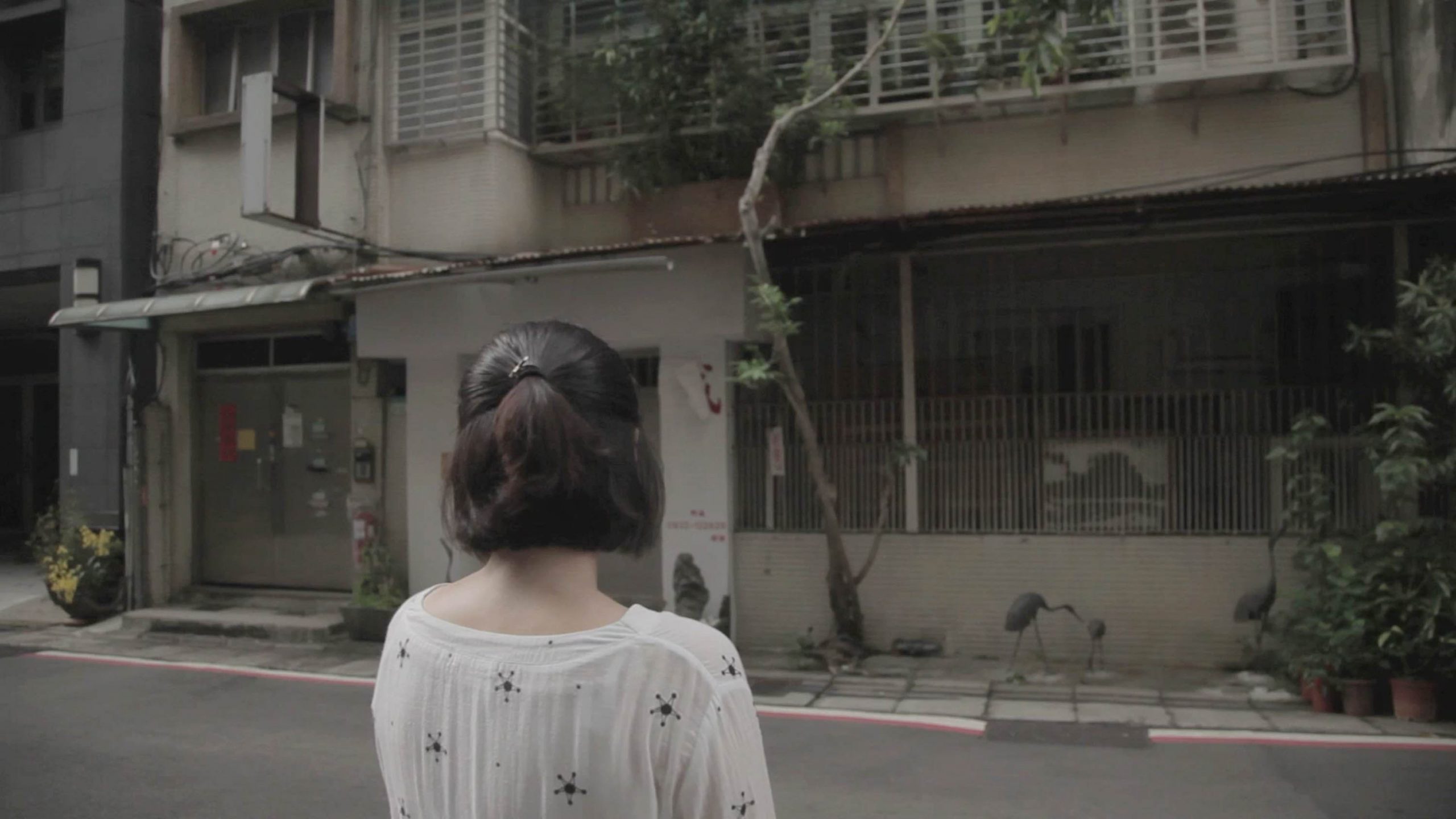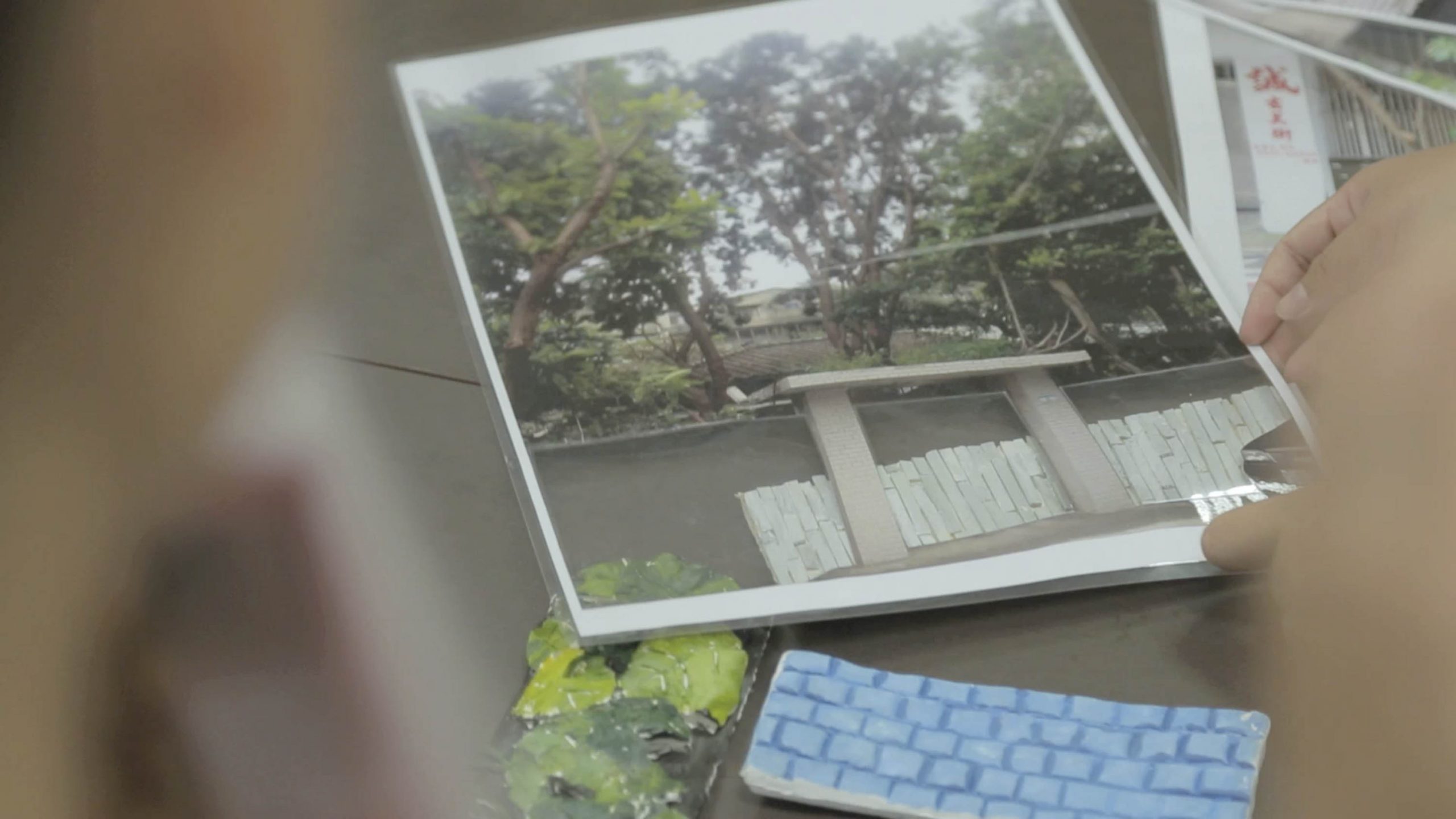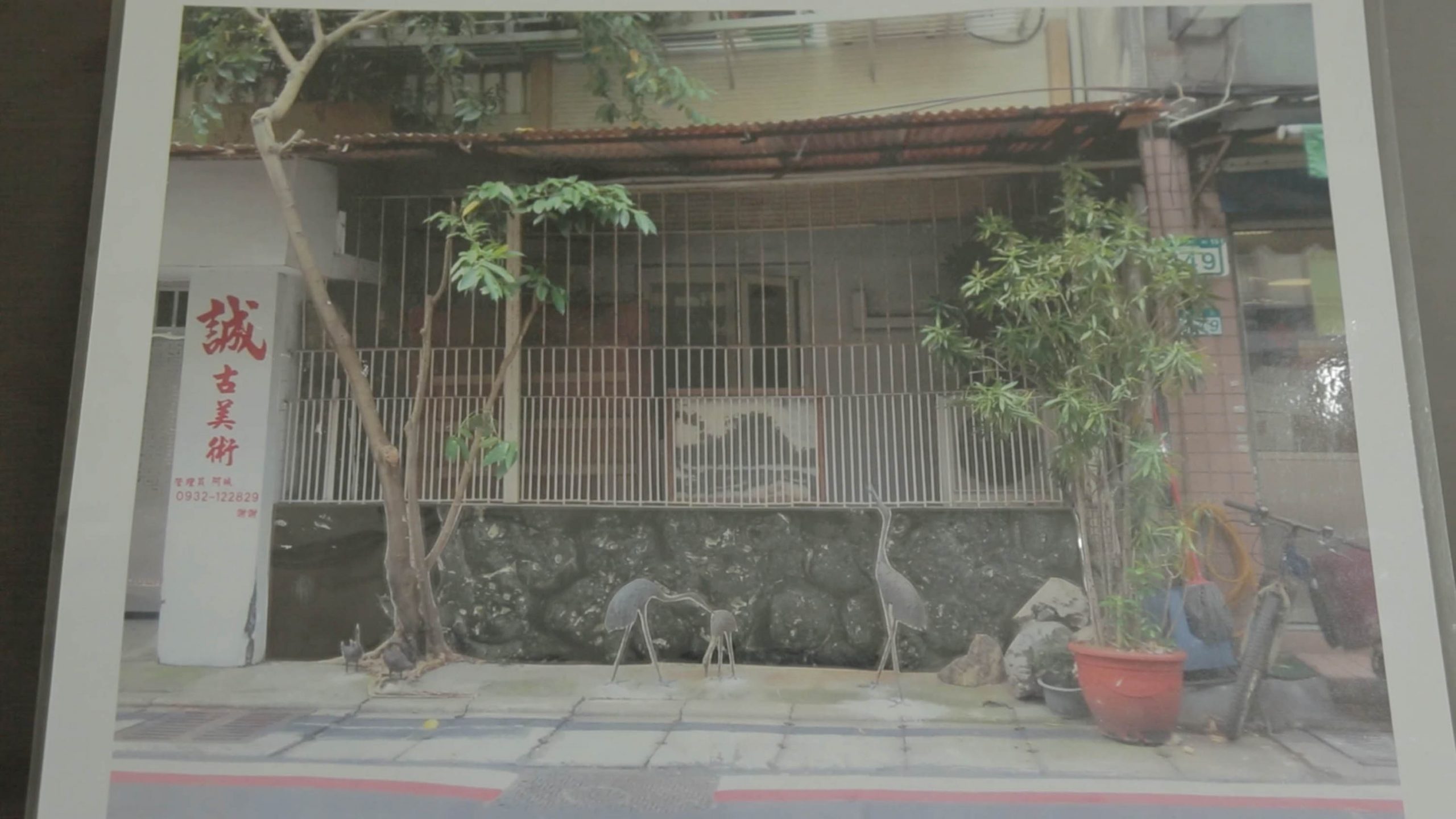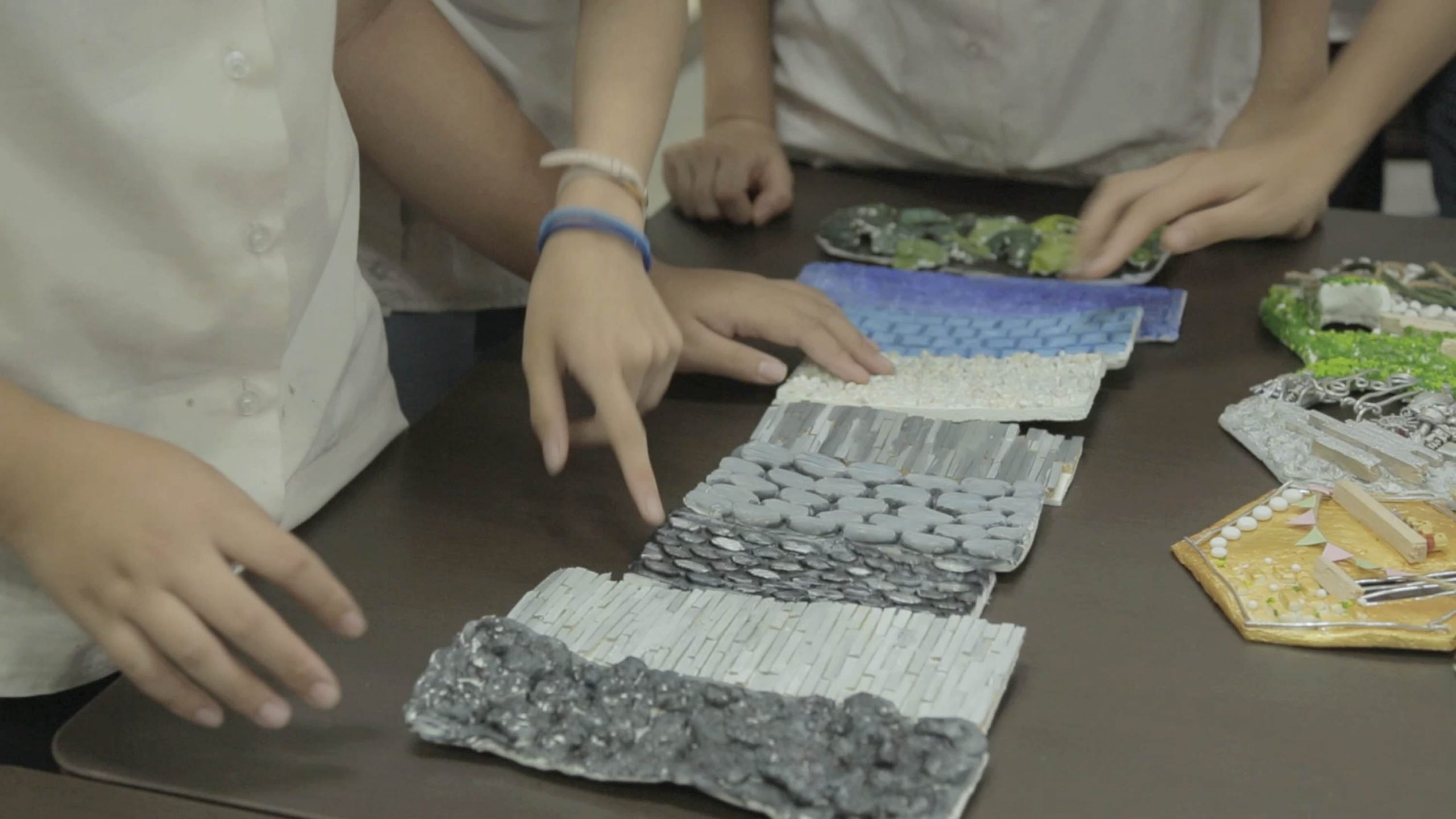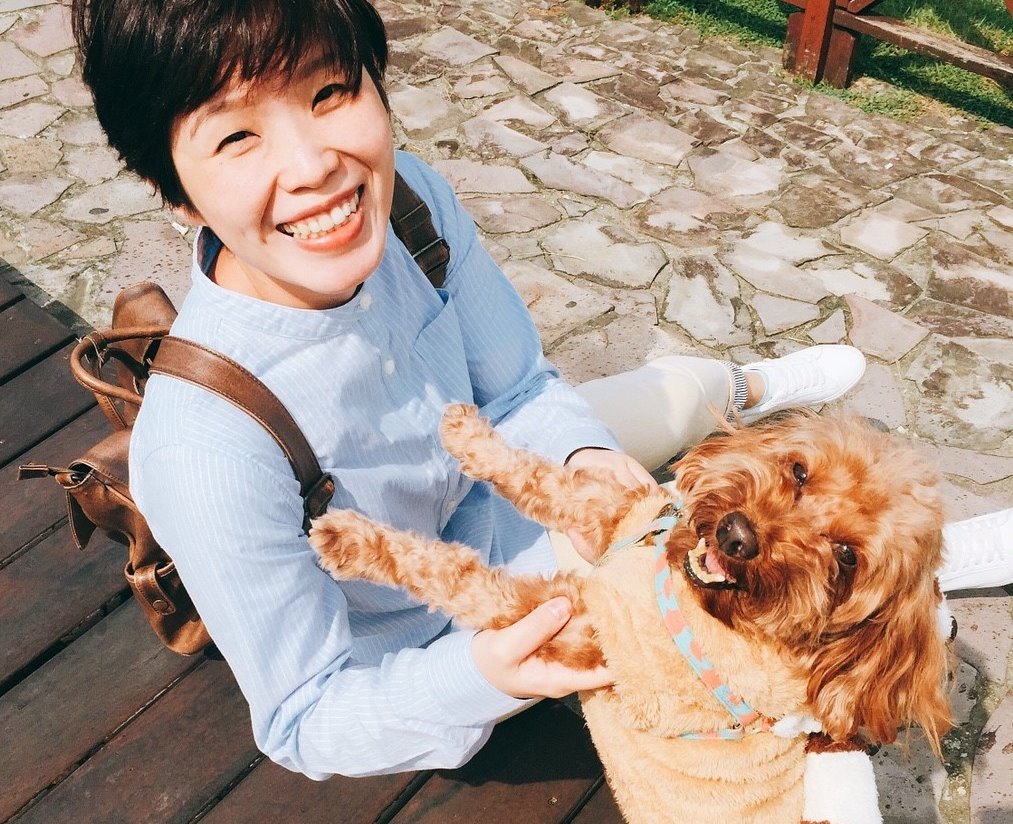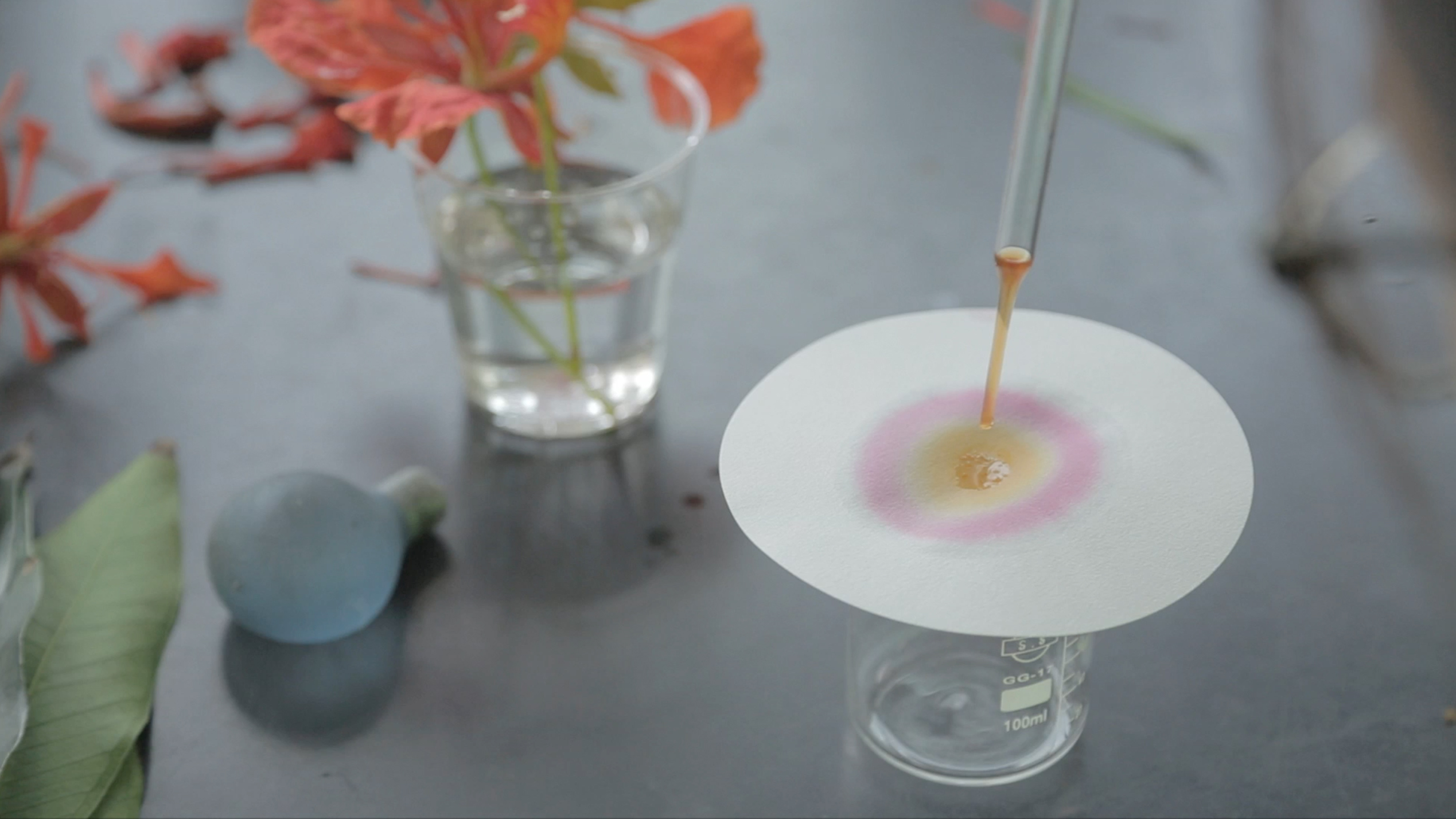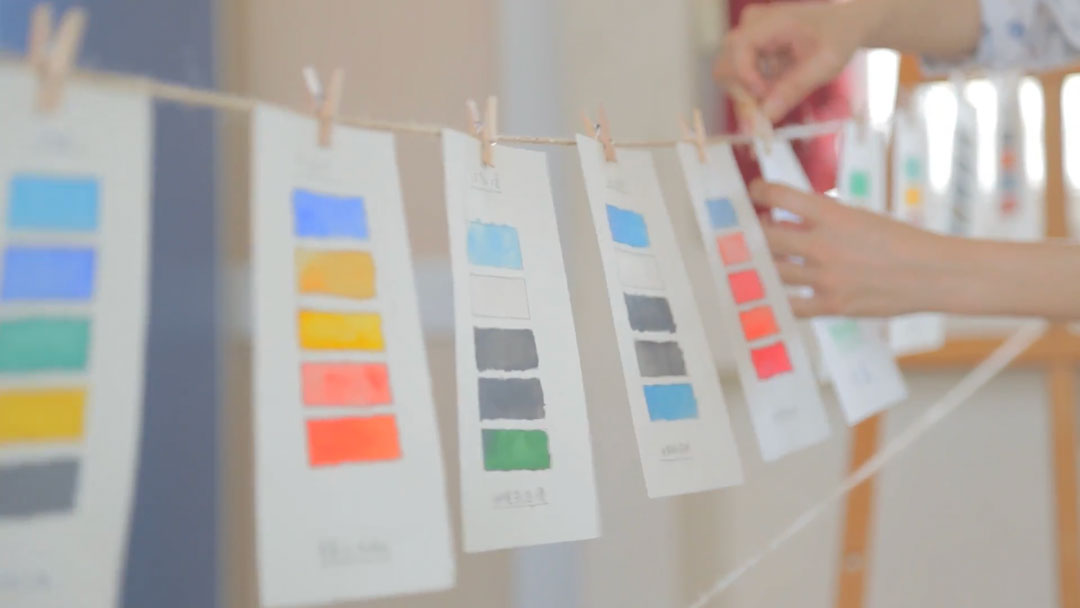Surprises from the Corner
The art and design course of Jinhua Junior High School, Kang-Ching-Lung Streets Project, were developed by all the art teachers in the school. To take a closer look at where they live, the teachers and the students walked out of the classroom, planned the routes for exploration, and conducted field studies in the neighborhood around campus. By wandering on the streets, observing and recording various architectures built in different ages, they were impressed with the findings: there were so many different styles, forms and textures of buildings on the streets. Back in school, they moved forward to discuss the suitability of materials and tried to find a better replacement for the buildings. Slowing down the pace and paying more attention to the details on the way to school, the students were amazed at what had been overlooked by them before.

